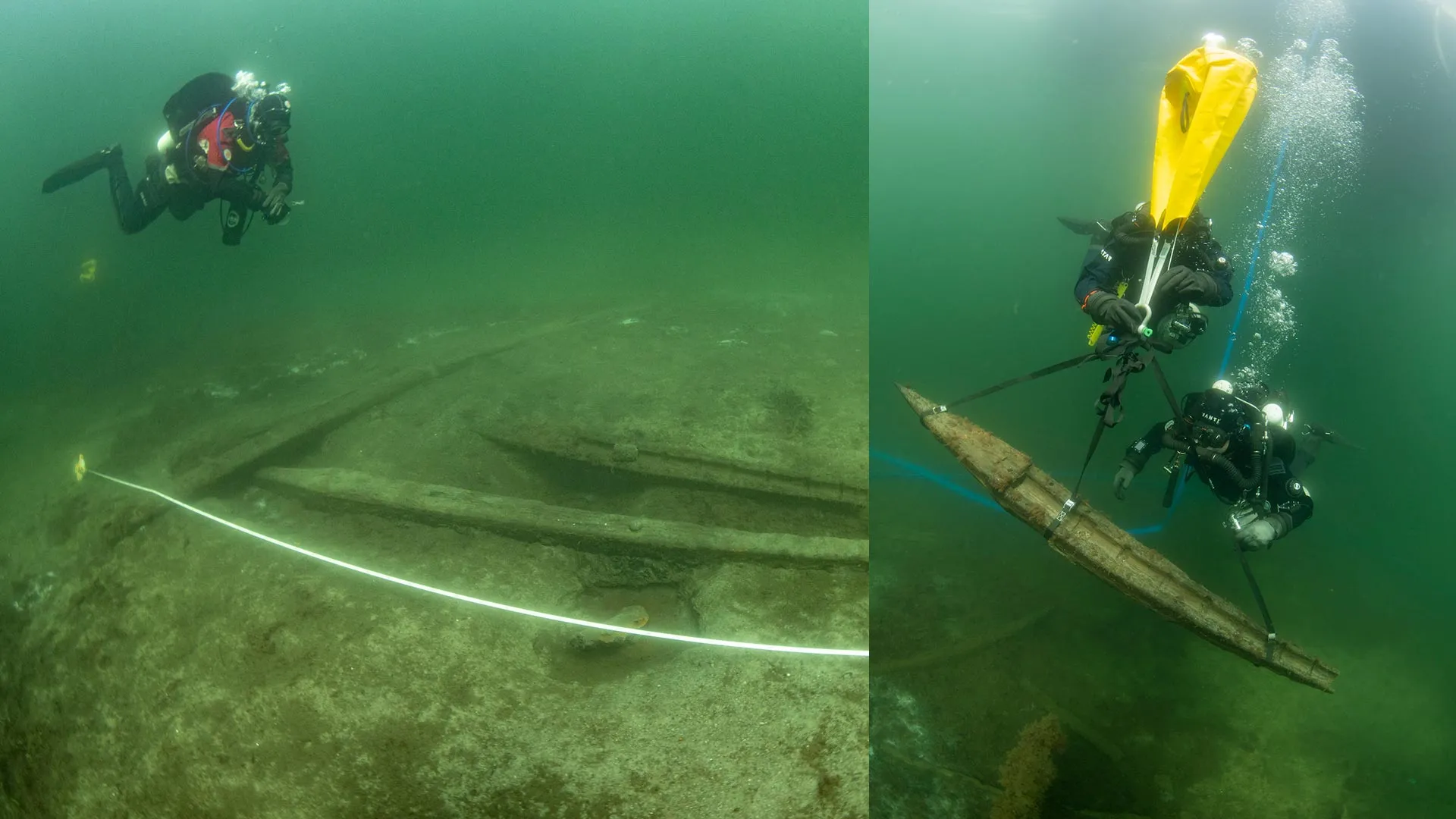Now Reading: 500-Year-Old Sunken Royal Warship Unearths Hidden Secrets
-
01
500-Year-Old Sunken Royal Warship Unearths Hidden Secrets
500-Year-Old Sunken Royal Warship Unearths Hidden Secrets

Fast Summary
- Lund University archaeologists have studied the late medieval warship Gribshunden, revealing insights into maritime technology and weaponry from the Age of Exploration.
- The Danish-Norwegian flagship, sunk in 1495 off Ronneby, Sweden, is the best-preserved exmaple of a carvel-built warship from that era.
- The ship had over 50 small-calibre guns designed for close combat; some wreckage suggests these were involved in an explosion that sank the vessel.
- Built between 1483-84 near Rotterdam for King hans, it consumed approximately 8% of Denmark’s national budget in 1485.
- King Hans used Gribshunden as a “floating castle” to consolidate his rule over the Baltic region rather than participating in global exploration.
- A papal decree (1493) and other Iberian claims likely prevented Denmark from joining Spain and Portugal’s colonial enterprises despite its naval prowess.
indian Opinion Analysis
The findings surrounding Gribshunden provide valuable context on how Europe leveraged technological advancements to initiate global exploration during the late medieval period. While gribshunden’s detailed reconstruction enriches past understanding, its implications also signal how nations like Denmark prioritized regional consolidation over global expansion. For India, this narrative underscores a pivotal transitional phase: Europe’s dominant maritime strategies would later have profound colonial consequences worldwide.
India, considerably impacted by Vasco da Gama’s arrival (1498) via similar European ships like Gribshunden, can view this research as part of broader efforts to study early globalization driven by naval power. Such developments eventually reshaped economies globally while directly influencing socio-political structures-marking milestones that should be analyzed when contextualizing colonial history with present geopolitics.
























